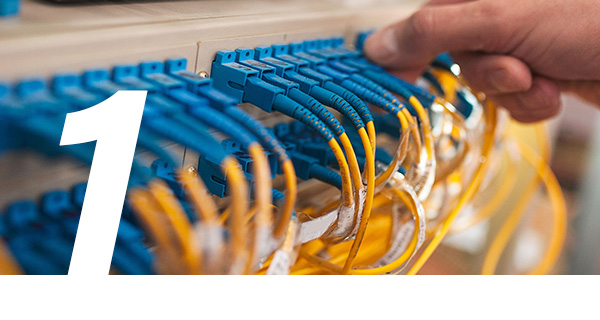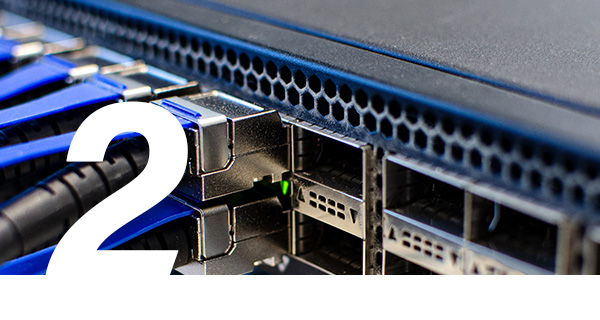Oil and Gas Network Solutions
Network visibility to mitigate cyber and operational risksAccess to data is crucial to the oil and gas value chain
The industrial control systems operate oil and gas facilities including a huge number of devices from a wide range of vendors. The Operational Technology (OT) systems that oversee the volume, velocity, location, and other vital activities in the production and distribution of oil and gas not only produce a wealth of sensitive and proprietary information, but they are also essential to the economic health and physical safety of the company, its facilities and its people.
The convergence of OT systems and Information Technology (IT) in this field means the interconnection of disparate systems that presents special challenges in monitoring the data they contain, the equipment they control, and the systems themselves.
The use of Internet Protocols networking in OT systems can open these systems up to network attacks, and can create backdoors into organizations’ enterprise IT networks, putting both electronic infrastructures and the information they contain at high risk. Managing these risks is complicated by the differing missions of the two systems, and the fact that most OT network environments and devices are not monitored directly by security personnel.
Some of the most difficult challenges associated with monitoring oil & gas OT network infrastructures are:
- Achieving real-time network monitoring
- Managing cyber threats effectively
- Detecting networking and operational issues before they cause downtime
- Preventing unplanned downtime due to equipment failure
- Remote access control
- Remote troubleshooting (intermittent) issues on hard to reach locations

Ensure safety, uptime, and improved efficiency
As in IT environments, most industrial security and network monitoring tools are packet-based. Port mirroring, also known as SPAN or roving analysis, is a method of monitoring network traffic that forwards a copy of incoming and/or outgoing packets from one or more ports (or VLAN) of a switch to another port where the network traffic analyzer is connected. Engineers have to face a big challenge within this infrastructure on how to access those packets; for example, SPAN port may be available on OT switches. The downside of SPAN ports is that they are prone to packet drops, duplications, may affect the performance of the network, and some older legacy switches may not even have SPAN port options. Where to start?
Accessing the network traffic
Deploying network test access points (TAPs) throughout the Industrial Ethernet framework ensures safety, uptime, and improved efficiency by avoiding the packet delivery issues that SPAN ports introduce. Installing TAPs for all monitoring feeds guarantees 100% of the network traffic is copied and transmitted to monitoring tools, achieving real-time network monitoring.
Managing & optimizing data flow
OT infrastructures within numerous locations must consider a visibility architecture utilizing both fiber and copper connectivity, and 1G and 100M network speeds. Once the network access architecture is arranged, it is essential to aggregate and monitor the network traffic before transmitting it to the analysis tools. However, due to the complexity and distribution of OT networks, speeds, volume of data and traffic could be hard to manage. Network Packet Brokers (NPB) help optimize the performance of any monitoring and security tools across the entire network by giving each tool the right packet data, thereby increasing network efficiency while reducing costs.
Data capture and analysis
To get a fast and reliable real-time overview of what is happening on the network, oil and gas industries require visibility and control over both OT and IT networks without impacting the integrity of the environment. The ideal solution is to have network traffic analysis tools that can be easily transported and deployed onsite but controlled remotely, for oil and gas industries with operations spread over multiple locations. This eliminates time-consuming and expensive onsite travels for IT and OT specialists, while still offering fast drill-down to the network issues. In case direct traffic access by an onsite technician is required it is best to provide them with dedicated tools that offer quality traffic capture and timestamping, for a quick and reliable packet capture analysis.
Real-time network monitoring starts with high quality infrastructures. Discover the Profitap portfolio or request a quote for customized OT network monitoring infrastructure solutions.



